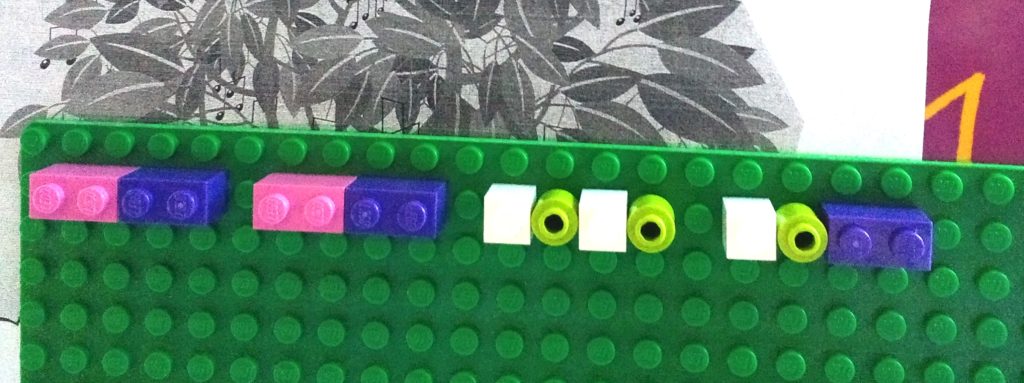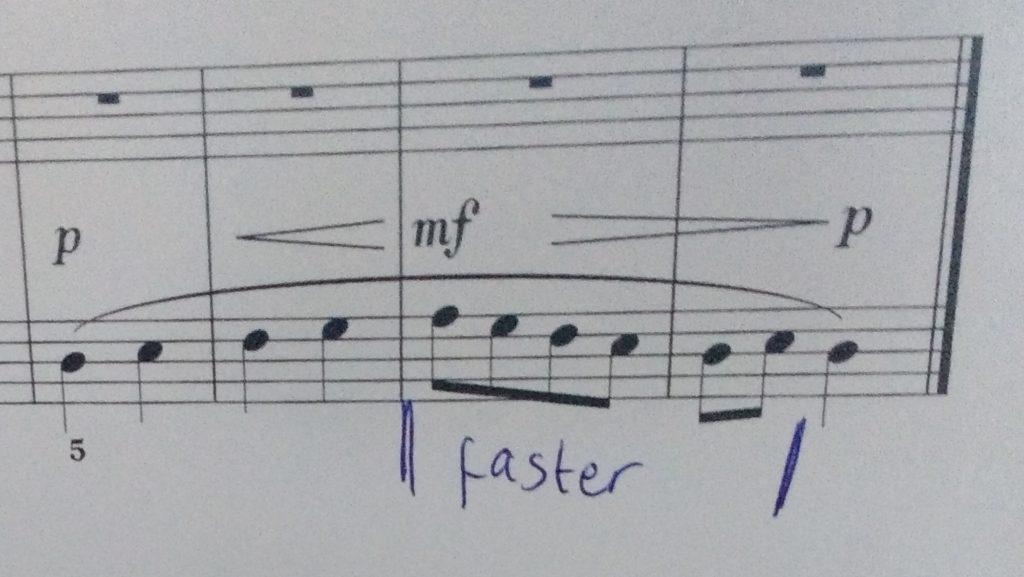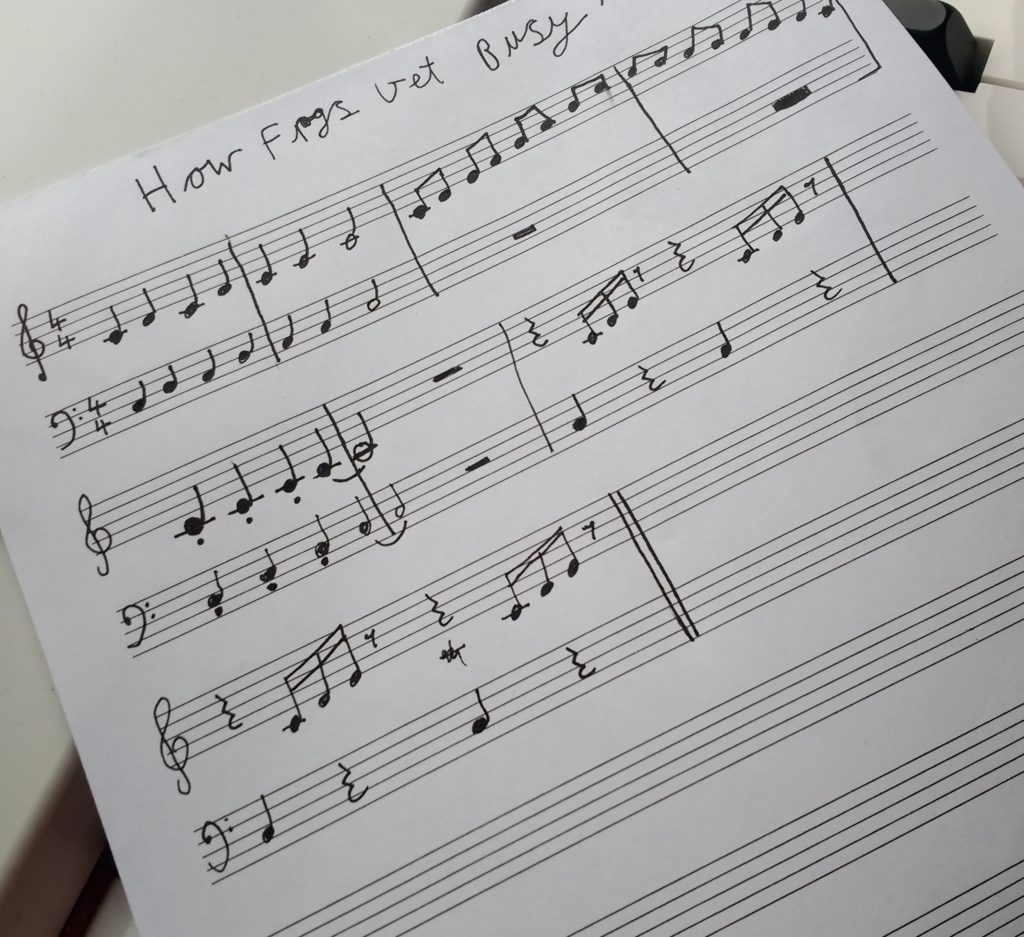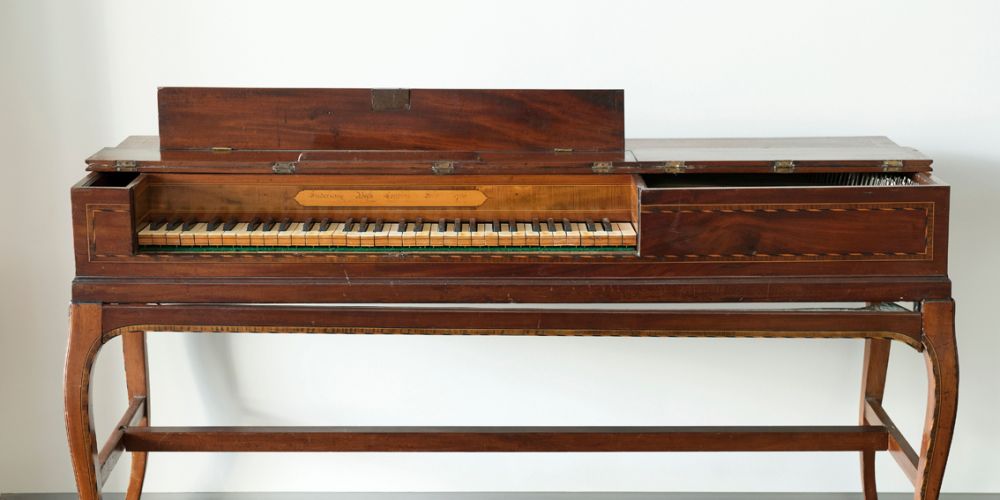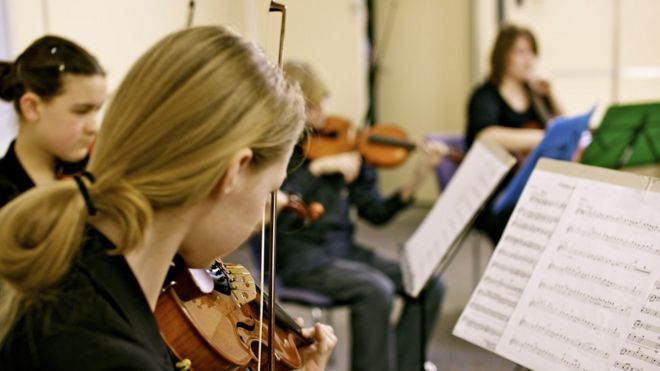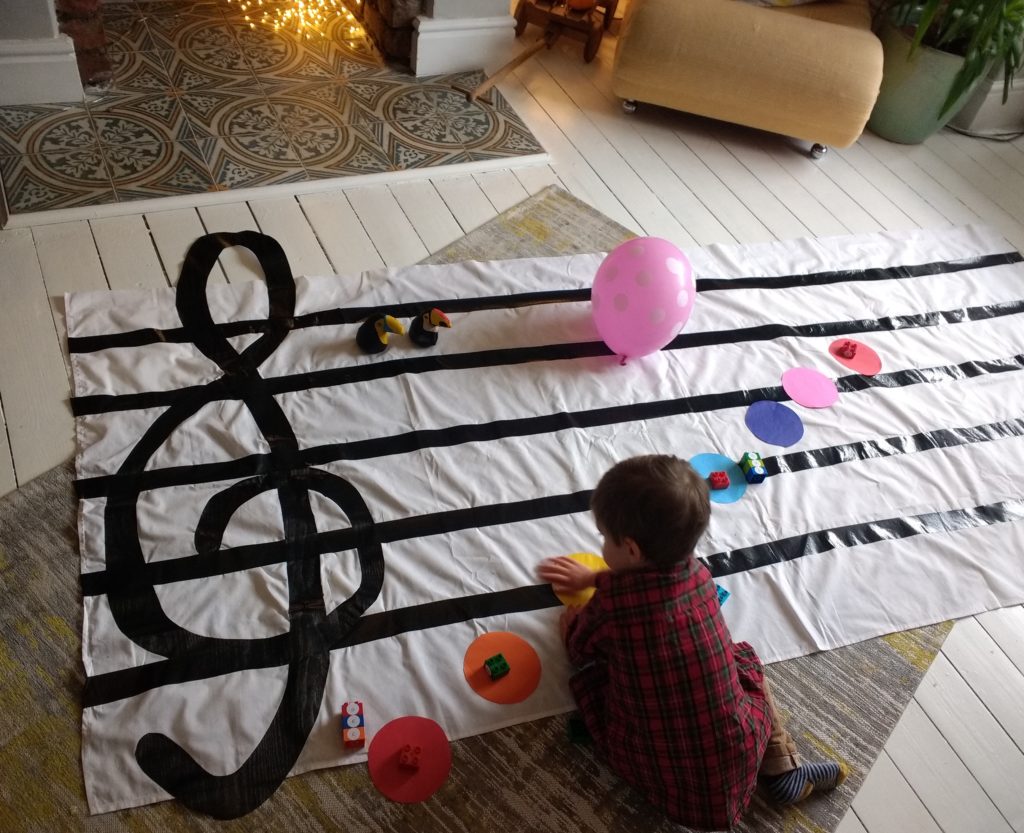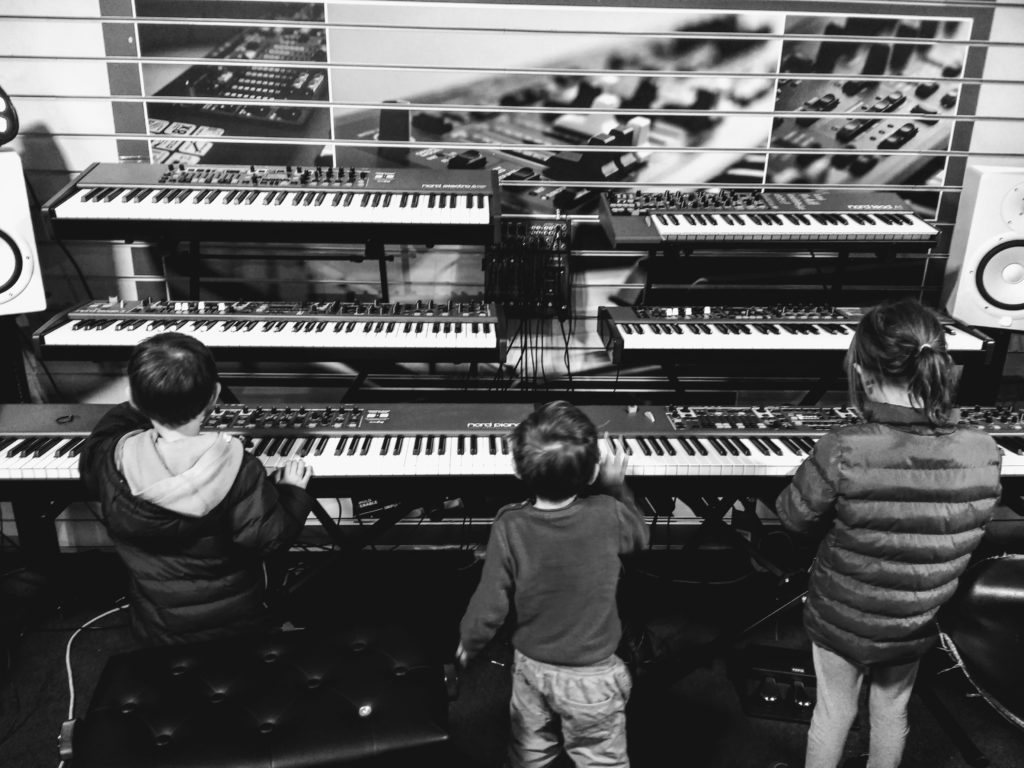Playing the piano soothes the soul.
Music has a unique effect on us and can be an effective stress-management tool. The physical act of playing an instrument, the cognitive functions involved in learning a piece, and the auditory stimulation of hearing music can have a huge impact on our mental wellbeing and emotional health. Here’s why…
Learning an instrument or a new piece of music requires a focussed mind, and a focussed mind is one that is not wandering and worrying about other stuff. A bit like meditation. A pianist has to concentrate really, really hard: concentrate on the score in front of them, on the keyboard, on what their hands are doing, on what their feet are doing if they’re using pedals. When parents come in to collect their child from a lesson they often tiptoe in and whisper because the level of focus and concentration in the room is almost palpable, and no one wants to break a spell like that!
Playing a piece well known, when the fingers remember what they’re supposed to be doing almost by themselves, can be wonderfully cathartic. Playing music allows us to indulge our emotions and moods and whatever we choose is an entirely personal choice. I remember as a child playing the same song over and over and over again when my Grandpa died, and I would cry when I played it (the piece itself had no relevance, but the music and the lyrics of the song hit a chord). Music can be a way for children (and adults) to express themselves somehow when they don’t know any other way of doing it.
Certain types of music (particularly classical) can slow the heart rate, thereby lowering blood pressure and decreasing the levels of stress hormone in the body. And here’s something really amazing – studies show that the heartbeats of singers in a choir actually synchronise with each other whilst they’re singing! Imagine the effect of a sing-song round the piano!
So go ahead. Play the piano. Learn a new piece. Play an old piece. Indulge your emotions. Soothe your soul.
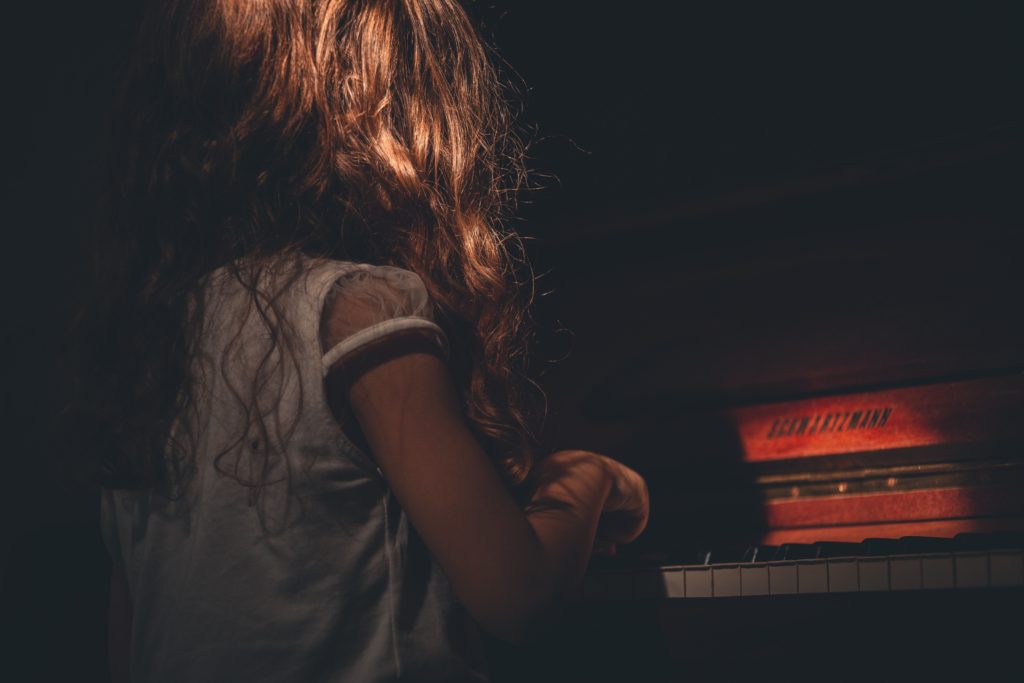
Sources: https://psychcentral.com/lib/the-power-of-music-to-reduce-stress/
https://www.the-scientist.com/the-nutshell/choir-singers-synchronize-heartbeats-39045

